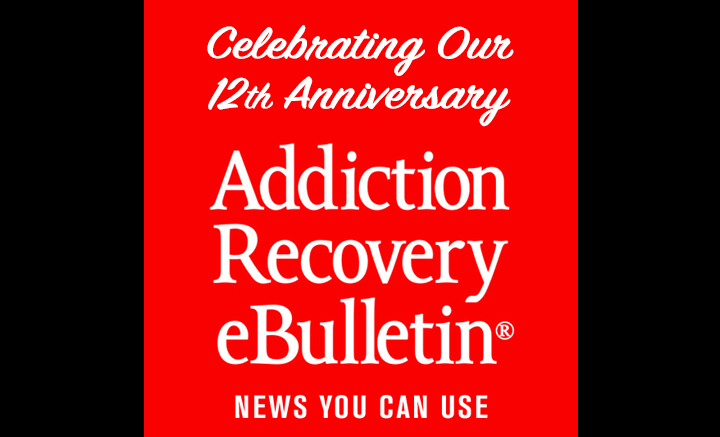MODERATION IS THE KEY –
Dec. 28, 2021 – Every year from 2002 to 2018, people who reported using cannabis were more likely to also report using alcohol, frequent alcohol use, and heavy alcohol use, compared to non-cannabis users. This finding, implying complementary use, was impervious to demographic factors. In 2018, 16 percent of survey respondents had used cannabis in the past month; they were more than six times as likely as non-users to report recent drinking. The association between recent cannabis use and drinking was stronger among women than men, among White participants than Black, and among teens than college graduates. The relationship between the use of the two substances appears complicated, however. Alcohol use declined from 2002 to 2018, and that decline was more rapid among cannabis users—a finding suggesting substitution. In addition, among adults aged 21–25, the decline in alcohol consumption was evident only among cannabis users. This implies that young adults who could use alcohol legally, and cannabis too in some (recreational) states, were substituting cannabis use for alcohol.
Overall, the findings indicate that cannabis use is broadly associated with increased drinking among adolescents and young adults, while substitution is likely in certain populations. Both complementary use and substitution can occur in the same peer group, community, or person. Researchers recommend that future studies explore when and for whom cannabis and alcohol serve as complements versus substitutes, and consider additional influences. They recommend that clinicians assess young people for both cannabis and alcohol use and consider targeting both substances in treatment.



